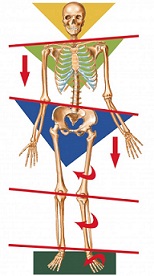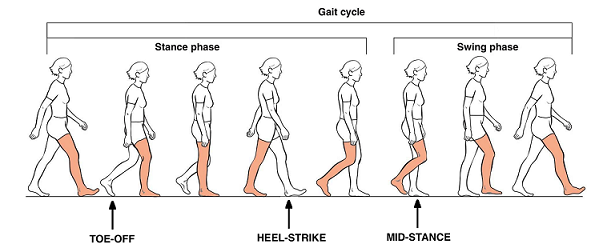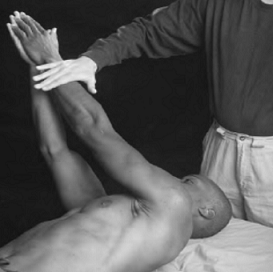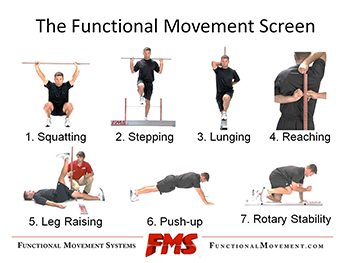One-on-One Sessions
One-on-one sessions are typically an hour long and involve assessment, soft-tissue techniques, and corrective exercise.
Assessment
A detailed and thorough assessment minimizes the number of treatments needed. Clients that do not have the time or financial means of doing more than three sessions need not worry. Results are fast and long lasting. Being able to identify the source of your problem allows me to fulfill your goals in a limited amount of time. Of course there is always more to work on, but the initial focus is helping you get to where you want to go. The following assessment components allow me to do this…
Range of Motion
Having adequate range of motion through your neck, shoulders, and hips is essential for activities of daily living and sports performance. A full body screen of range of motion allows me to determine how one body part may be contributing to a problem elsewhere so we are not just chasing symptoms.
Postural Assessment (Skeletal Alignment)
Posture has been misconstrued as involving constant muscular effort to stand up tall to maintain optimal alignment. Posture is actually your ability to breathe, rest, and rotate without constant muscular engagement. Screening your alignment allows me to determine what muscles, ligaments, and joints need to be rebalanced so that you don’t have to worry about your posture consciously – the soft tissue techniques I utilize will make good posture feel effortless and natural.
Gait Assessment
Gait refers to how you walk. If there are imbalances in how you walk there will be imbalances in your posture, core stability, and athletic movements (squatting, lunging, deadlifting). The gait assessment I utilize has direct corrections that will create instant changes in the most important movement that you engage in on a daily basis.
Manual Muscle Testing
All of my patients report feeling taller, lighter, and more stable in their movements. However, it is important to actually zero in on muscle function to determine which muscles are compensating for other muscles. Manual muscle testing will help bulletproof your movements and is a way of unraveling complex muscular imbalances. Understanding how the nervous system combines muscle functions into movement patterns is a way of guaranteeing that the soft-tissue work is producing tangible results. Releasing chronically tight (yet weak) muscles can further aggravate symptoms and introduce new dysfunctions. Muscle testing is a way to ensure that I am applying the correct therapy to the right areas of your body.
Orthopedic Testing
Orthopedic testing refers to tests that physical therapists often use to put together a picture of the nervous system, joint structure and function, and muscular function. This testing is used to identify the prevalence of normal human asymmetry and its effect on alignment, movement, and performance.
Sports Performance Assessment
Pain elimination and performance sometimes go hand in hand. However, many common techniques that massage therapists, physical therapists, and chiropractors use oftentimes only alleviate your symptoms without addressing the root cause of your problem. In addition to resolving your complaint, a sports performance assessment ensures you are actually able to perform your best ‘off the table’ and integrate the changes into high level activities.
Soft-Tissue Therapies
After a thorough assessment, soft tissue techniques including Fascial Stretch Therapy and Structural Integration (a system of myofascial release) will be performed. These hands on therapies involve non invasive assisted stretching and pain-free soft tissue manipulation that will improve posture, skeletal alignment, and movement.
Corrective Exercise
Once soft tissue restrictions are addressed, movement that empowers clients to do the bare minimum to perform at their best will become the emphasis. An overlooked source of chronic problems is failure to address mis-alignment and right sided dominance that is driven by human asymmetry. Corrective exercise involves release of overactive areas and activation of muscle chains needed for proper walking, running, lunging, and squatting.







